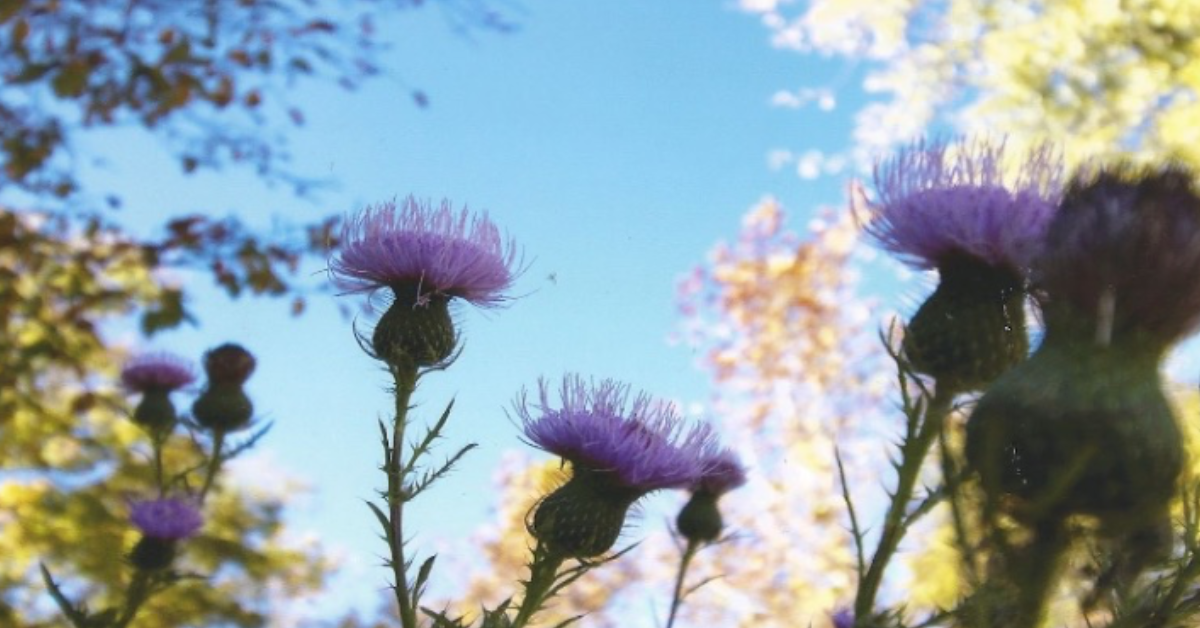By Catherine Campbell
Part 1 – Recycle, Compost, or Landfill – Take out the Guesswork
We all know it can be confusing and even exhausting to figure out what to throw where – recycling, composting, or trash (landfill). It’s even more difficult when you realize that each local government will have its own guidelines based on their contracted waste management companies. However, understanding the basics of each type of waste can go a long way in helping to decide which bin to use.
Watch What goes where?! Trash, recycling & composting by the city of Longmont Colorado. They provide a good overview of what to look for on packaging to guide recycling decisions. They also have tips about how to dispose of recyclables: Do I keep the cap on? Do I crush the can or not?
Many of us also want to know what’s the best option when purchasing things like cups, plates, and utensils. Biodegradable vs. Compostable: What’s the Difference? is a good read to gain insight into the pros and cons of these types of plastics. Here’s the list according to the article:
Pros of Biodegradable and Compostable Plastics
- Unlike conventional, petroleum-based plastic, bioplastics are plant-based.
- Bioplastic manufacturing may have a lower carbon footprint than traditional plastics (but there are a lot of variables and uncertainties).
Cons of Biodegradable and Compostable Plastics
- Breaking down bioplastics requires intense heat only available at industrial composting facilities. In an at-home compost heap (or in a landfill), they take a long time to break down.
- Bioplastics do not address the issue of marine plastics, as they do not biodegrade quickly in marine conditions.
- Bioplastics cannot be commingled with recyclable plastics; they must be recycled in separate streams.
Credit: Kiah Treece, Treehugger
Once you’re armed with all of this knowledge, you may still have questions about the different types of compostable materials used in food service. Read A Guide to Compostable Plates: Materials and the Correct Way to Dispose of Them by Lauren Murphy for Treehugger for a rundown on the differences between the compostable materials of bagasse, bamboo, vegetable starch, and palm tree leaf.
All of this information will hopefully help when you organize your next office party or are just wondering what to stock in the communal kitchen. However, keep in mind that reusable is always best so encourage employees to bring their own cups, knives, forks, spoons, etc. from home, and provide sponges, dish soap, and drying racks to help keep things clean and keep trash out of the landfill.
Part 2 – Energy and Water: Smarter Use Saves Resources and Money
An energy audit demonstrates how your business uses fuels and electricity and provides a baseline for consumption reduction. The Australian Department of Climate Change, Energy, the Environment, and Water has good guides on utility consumption broken down by industry. From HVAC systems, to boilers, and lighting, these guides provide breakdowns for what you can do and/or swap out to reduce consumption and costs. For example, the guide on lighting talks about LEDs, controls and sensors, and daylighting with all kinds of resources to learn more. No matter where your business is based globally, this type of general information will be useful. The US Environmental Protection Agency Energy Star program is another good reference, click here if you want more information on manufacturing and industrial processes.
The US EPA also has good information on water use and efficiency. From making business decisions, to measuring and metering, as well as ways to lower water consumption. Take a look at this eye-opening table on potential losses from toilet leaks!
Credit: US Environmental Protection Agency
The great thing about saving resources, you’re not just saving the planet, you’re saving money, too.








